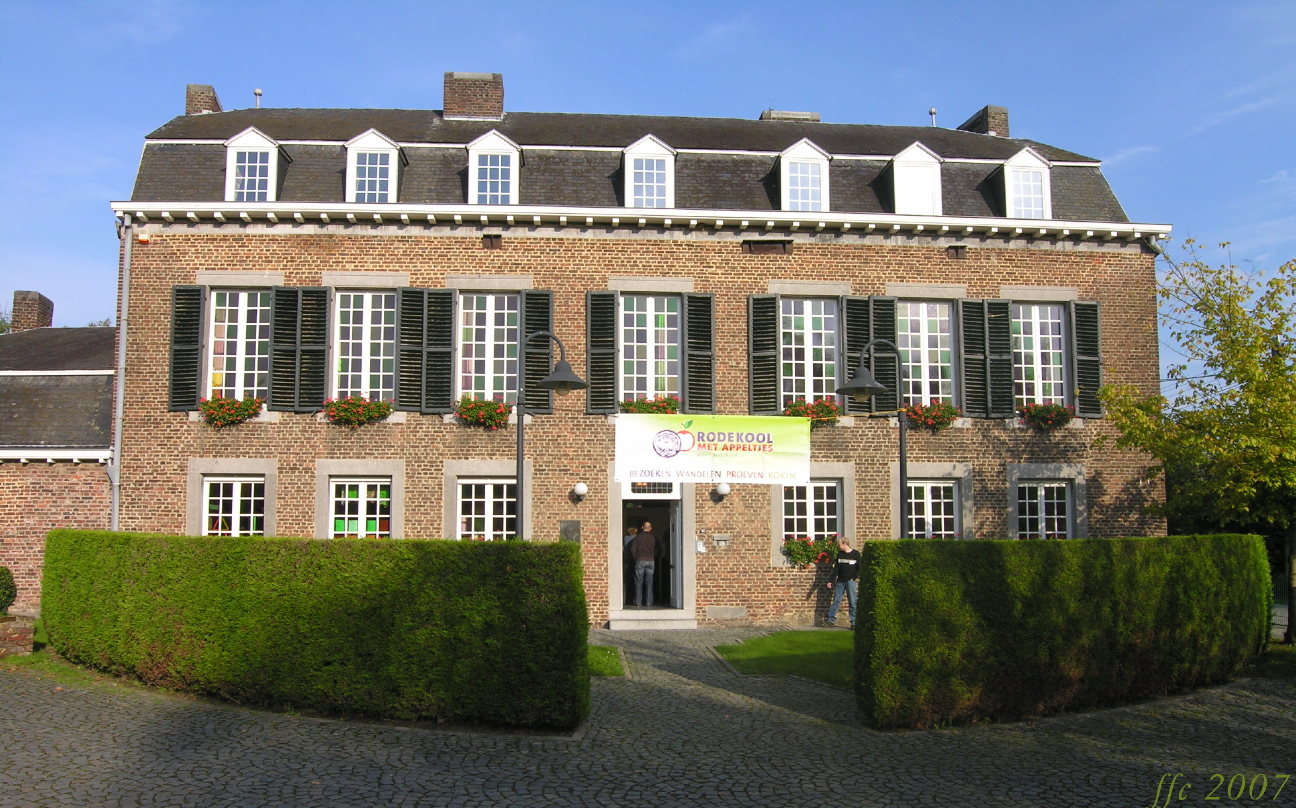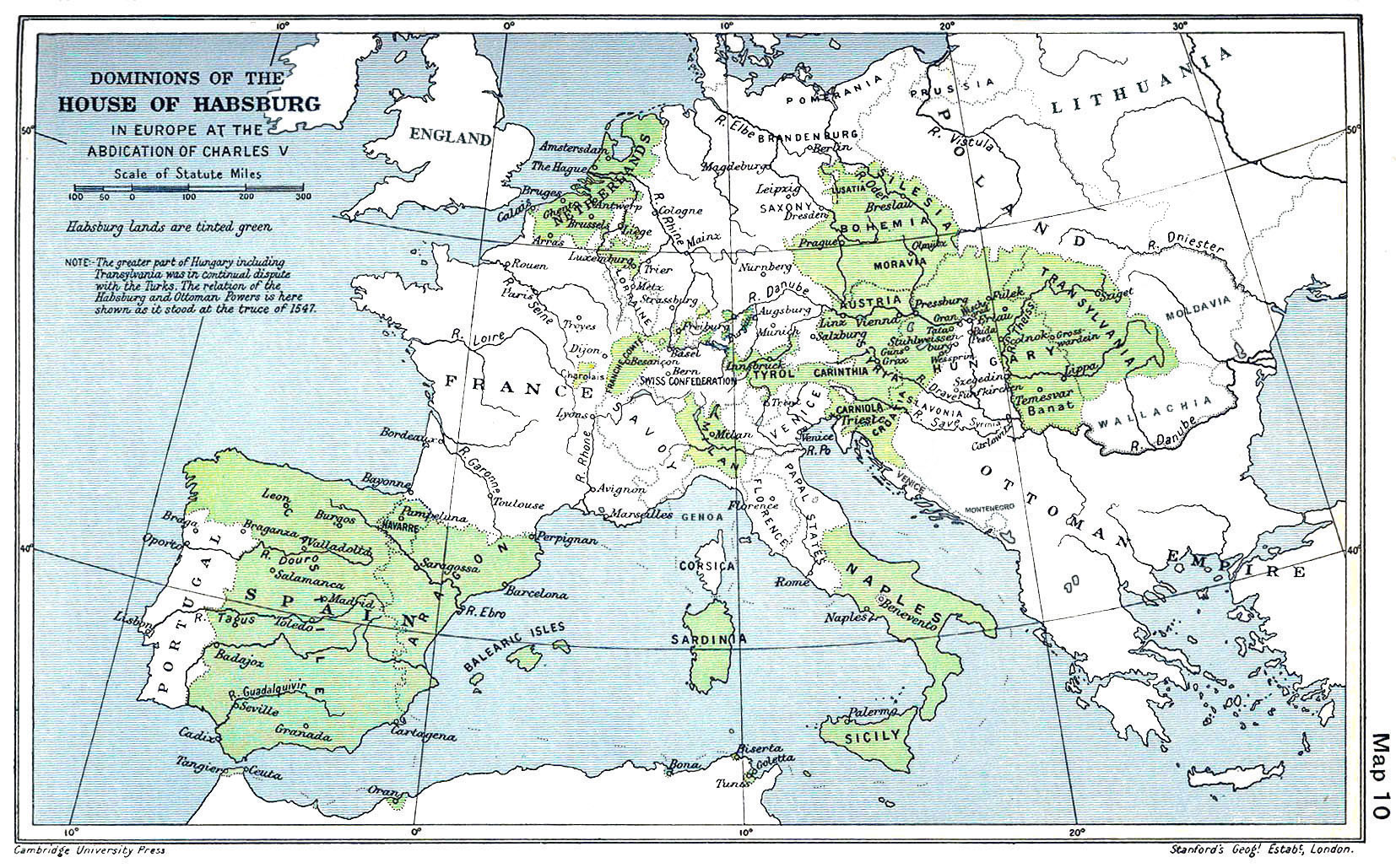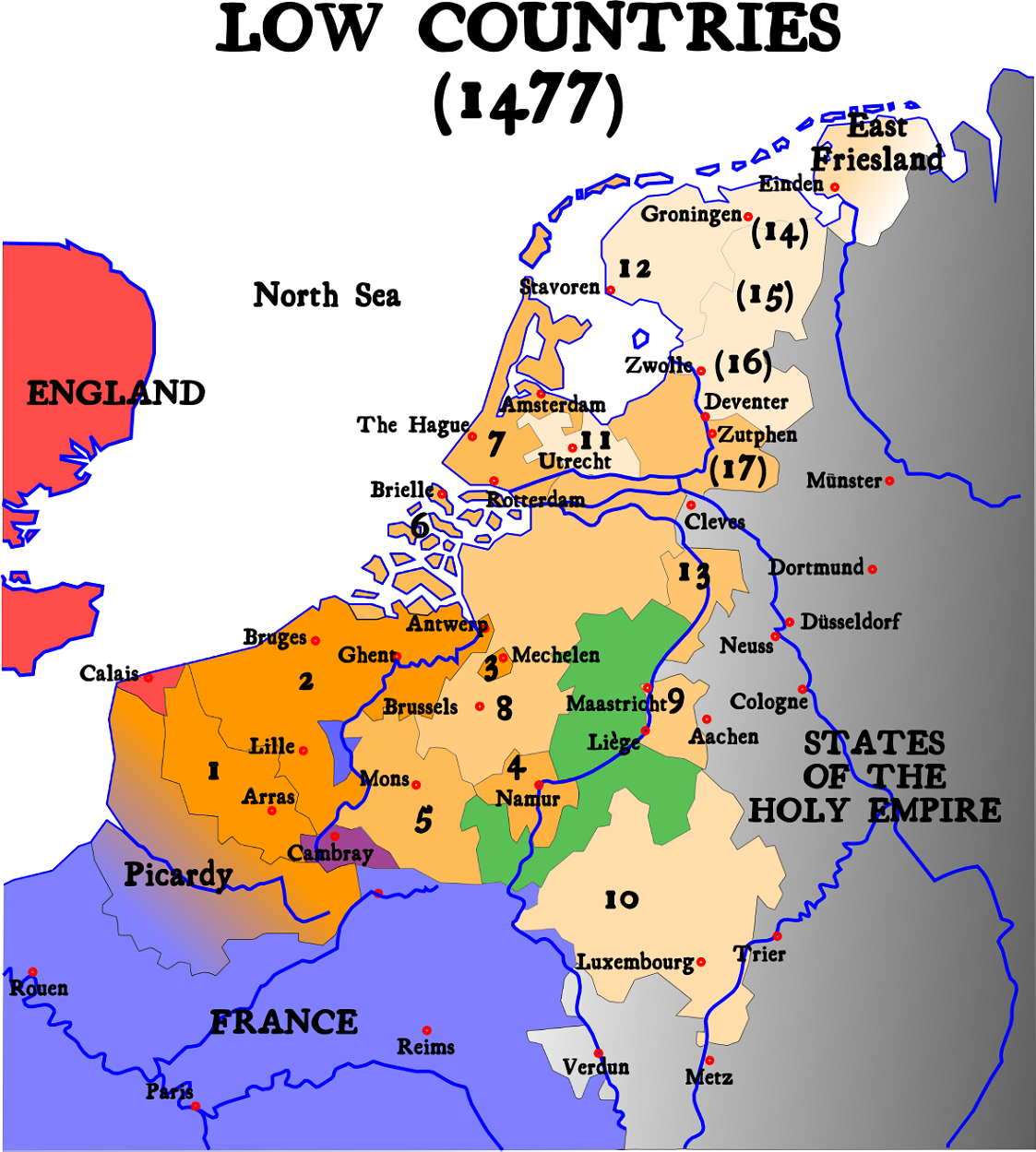|
Sint-Pieters-Voeren
Voeren (; ) is a Flemish Dutch-speaking municipality with facilities for the French-speaking minority, located in the Belgian province of Limburg. Bordering the Netherlands to the north and the Wallonia region's Liège Province () to the south, it is geographically detached from the rest of Flanders, making Voeren an exclave of Flanders. Voeren's name is derived from that of a small right-bank tributary of the Meuse, the Voer, which flows through the municipality. The current municipality of Voeren was established by the municipal reform of 1977. On 1 January 2008, Voeren had a total population of 4,207. Its total area is , giving a population density of . About 25% of the population is made up of foreign nationals, most of whom have Dutch nationality. Villages The municipality consists of the six villages of 's-Gravenvoeren (), Sint-Pieters-Voeren (), Sint-Martens-Voeren (), Moelingen (), Teuven and Remersdaal (, ). 's-Gravenvoeren is the most important and most populous vi ... [...More Info...] [...Related Items...] OR: [Wikipedia] [Google] [Baidu] |
Voer
The Voer (Dutch, ; ) is a small river in Belgium and the Netherlands. It is a right-bank tributary to the river Meuse. It has three (creek-) tributaries of its own: the ''Veurs'', the ''Noor (Meuse), Noor'' and the ''Beek''. The source of the Voer is near the village of Voeren, Sint-Pieters-Voeren in the Belgian province of Limburg (Belgium), Limburg. The river crosses the Belgian-Dutch border between 's-Gravenvoeren and Mesch, and flows into the river Meuse at Eijsden. The Voer's total length is about . It lends its name to the Voeren municipality as well as to the villages 's-Gravenvoeren, Sint-Pieters-Voeren and Sint-Martens-Voeren through which it passes. File:Voerbron.jpg, Source (-building) of the Voer at Sint-Pieters-Voeren File:Monding van de Voer in de Maas (2).JPG, The Voer at Eijsden quite near to its estuary in the Meuse. File:Monding van de Voer in de Maas (1).JPG, Estuary of the Voer at Eijsden. References [...More Info...] [...Related Items...] OR: [Wikipedia] [Google] [Baidu] |
Population Density
Population density (in agriculture: Standing stock (other), standing stock or plant density) is a measurement of population per unit land area. It is mostly applied to humans, but sometimes to other living organisms too. It is a key geographical term.Matt RosenberPopulation Density Geography.about.com. March 2, 2011. Retrieved on December 10, 2011. Biological population densities Population density is population divided by total land area, sometimes including seas and oceans, as appropriate. Low densities may cause an extinction vortex and further reduce fertility. This is called the Allee effect after the scientist who identified it. Examples of the causes of reduced fertility in low population densities are: * Increased problems with locating sexual mates * Increased inbreeding Human densities Population density is the number of people per unit of area, usually transcribed as "per square kilometre" or square mile, and which may include or exclude, for example, ar ... [...More Info...] [...Related Items...] OR: [Wikipedia] [Google] [Baidu] |
Departments Of France
In the administrative divisions of France, the department (, ) is one of the three levels of government under the national level ("territorial collectivity, territorial collectivities"), between the Regions of France, administrative regions and the Communes of France, communes. There are a total of 101 departments, consisting of ninety-six departments in metropolitan France, and five Overseas department and region, overseas departments, which are also classified as overseas regions. Departments are further subdivided into 333 Arrondissements of France, arrondissements and 2,054 Cantons of France, cantons (as of 2023). These last two levels of government have no political autonomy, instead serving as the administrative basis for the local organisation of police, fire departments, and, in certain cases, elections. Each department is administered by an elected body called a departmental council (France), departmental council ( , ). From 1800 to April 2015, these were called gene ... [...More Info...] [...Related Items...] OR: [Wikipedia] [Google] [Baidu] |
Ancien Regime
''Ancien'' may refer to * the French word for "ancient, old" ** Société des anciens textes français * the French for "former, senior" ** Virelai ancien ** Ancien Régime ''Ancien'' may refer to * the French word for " ancient, old" ** Société des anciens textes français * the French for "former, senior" ** Virelai ancien ** Ancien Régime ** Ancien Régime in France {{disambig ... ** Ancien Régime in France {{disambig ... [...More Info...] [...Related Items...] OR: [Wikipedia] [Google] [Baidu] |
First French Empire
The First French Empire or French Empire (; ), also known as Napoleonic France, was the empire ruled by Napoleon Bonaparte, who established French hegemony over much of continental Europe at the beginning of the 19th century. It lasted from 18 May 1804 to 6 April 1814 and again briefly from 20 March 1815 to 7 July 1815, when Napoleon was exiled to Saint Helena. Although France had already established a French colonial empire, colonial empire overseas since the early 17th century, the French state had remained a France in the early modern period, kingdom under the Bourbons and a French First Republic, republic after the French Revolution. Historians refer to Napoleon's regime as the ''First Empire'' to distinguish it from the restorationist ''Second French Empire, Second Empire'' (1852–1870) ruled by his nephew Napoleon III. On 18 May 1804 (28 Floréal year XII on the French Republican calendar), Napoleon was granted the title Emperor of the French (, ) by the French and w ... [...More Info...] [...Related Items...] OR: [Wikipedia] [Google] [Baidu] |
Southern Netherlands
The Southern Netherlands, also called the Catholic Netherlands, were the parts of the Low Countries belonging to the Holy Roman Empire which were at first largely controlled by Habsburg Spain (Spanish Netherlands, 1556–1714) and later by the Austrian Habsburgs (Austrian Netherlands, 1714–1794) until occupied and annexed by Revolutionary France (1794–1815). The region also included a number of smaller states that were never ruled by Spain or Austria: the Prince-Bishopric of Liège, the Imperial Abbey of Stavelot-Malmedy, the County of Bouillon, the County of Horne and the Princely Abbey of Thorn. The Southern Netherlands comprised most of modern-day Belgium and Luxembourg, small parts of the modern Netherlands and Germany (the Upper Guelders region, as well as the Bitburg area in Germany, then part of Luxembourg), in addition to (until 1678) most of the present Nord-Pas-de-Calais region, and Longwy area in northern France. The (southern) Upper Guelders region consi ... [...More Info...] [...Related Items...] OR: [Wikipedia] [Google] [Baidu] |
Dutch Revolt
The Eighty Years' War or Dutch Revolt (; 1566/1568–1648) was an armed conflict in the Habsburg Netherlands between disparate groups of rebels and the Spanish government. The causes of the war included the Reformation, centralisation, excessive taxation, and the rights and privileges of the Dutch nobility and cities. After the initial stages, Philip II of Spain, the sovereign of the Netherlands, deployed his armies and regained control over most of the rebel-held territories. However, widespread mutinies in the Spanish army caused a general uprising. Under the leadership of the exiled William the Silent, the Catholic and Protestant-dominated provinces sought to establish religious peace while jointly opposing the king's regime with the Pacification of Ghent, but the general rebellion failed to sustain itself. Despite Governor of Spanish Netherlands and General for Spain, the Duke of Parma's steady military and diplomatic successes, the Union of Utrecht continued ... [...More Info...] [...Related Items...] OR: [Wikipedia] [Google] [Baidu] |
Habsburg Netherlands
Habsburg Netherlands were the parts of the Low Countries that were ruled by sovereigns of the Holy Roman Empire's House of Habsburg. This rule began in 1482 and ended for the Northern Netherlands in 1581 and for the Southern Netherlands in 1797. The rule began with the death in 1482 of Mary of Burgundy of the House of Valois-Burgundy who was the ruler of the Low Countries and the wife of Holy Roman Emperor Maximilian I of Austria. Their grandson, Emperor Charles V, was born in the Habsburg Netherlands and made Brussels one of his capitals. Becoming known as the Seventeen Provinces in 1549, they were held by the Spanish branch of the Habsburgs from 1556, known as the Spanish Netherlands from that time on. In 1581, in the midst of the Dutch Revolt, the Seven United Provinces seceded from the rest of this territory to form the Dutch Republic. The remaining Spanish Southern Netherlands became the Austrian Netherlands in 1714, after Austrian acquisition under the Treaty of Rastatt. ... [...More Info...] [...Related Items...] OR: [Wikipedia] [Google] [Baidu] |
Burgundian Netherlands
The Burgundian Netherlands were those parts of the Low Countries ruled by the Dukes of Burgundy during the Burgundian Age between 1384 and 1482. Within their Burgundian State, which itself belonged partly to the Holy Roman Empire and partly to the Kingdom of France, the dukes united these lowlands into a political union that went beyond a personal union as it gained central institutions for the first time (such as the States General). The period began with Duke Philip the Bold taking office as count of Flanders and Artois in 1384 and lasted until the death of Duchess Mary of Burgundy in 1482 after which the Burgundian State was dissolved, and the Low Countries came under the rule of the Habsburg monarchy by inheritance. In the 15th century, it was customary to refer to the Low Countries where the Duke of Burgundy ruled and usually resided as ''les pays de par-deçà'' meaning "the lands over here" as opposed to Burgundy proper (in Central France) which was designated ''les ... [...More Info...] [...Related Items...] OR: [Wikipedia] [Google] [Baidu] |
Holy Roman Empire
The Holy Roman Empire, also known as the Holy Roman Empire of the German Nation after 1512, was a polity in Central and Western Europe, usually headed by the Holy Roman Emperor. It developed in the Early Middle Ages, and lasted for a millennium until its Dissolution of the Holy Roman Empire, dissolution in 1806 during the Napoleonic Wars. For most of its history the Empire comprised the entirety of the modern countries of Germany, Czechia, Austria, the Netherlands, Belgium, Switzerland, Slovenia, and Luxembourg, most of north-central Italy, and large parts of modern-day east France and west Poland. On 25 December 800, Pope Leo III crowned the Frankish king Charlemagne Roman emperor, reviving the title more than three centuries after the fall of the Western Roman Empire in 476. The title lapsed in 924, but was revived in 962 when Otto I, OttoI was crowned emperor by Pope John XII, as Charlemagne's and the Carolingian Empire's successor. From 962 until the 12th century, the empire ... [...More Info...] [...Related Items...] OR: [Wikipedia] [Google] [Baidu] |
Duchy Of Limburg
The Duchy of Limburg or Limbourg was an imperial estate of the Holy Roman Empire. Much of the area of the duchy is today located within Liège Province of Belgium, with a small portion in the municipality of Voeren, an Enclave and exclave, exclave of the neighbouring Limburg (Belgium), Limburg Province. Its chief town was Limbourg, Limbourg-sur-Vesdre, in today's Liège Province. The duchy evolved from a county which was first assembled under the lordship of a junior member of the House of Ardenne–Luxembourg, Frederick, Duke of Lower Lorraine, Frederick. He and his successors built and apparently named the fortified town which the county, and later the duchy, were named after. Despite being a younger son, Frederick had a successful career and also became duke of Lower Lotharingia in 1046. Lordship of this county was not originally automatically linked with possession of a ducal title (''Herzog'' in German, ''Hertog'' in Dutch), and the same title was also eventually contested b ... [...More Info...] [...Related Items...] OR: [Wikipedia] [Google] [Baidu] |
Dukes Of Brabant
The Duke of Brabant (, ) was the ruler of the Duchy of Brabant since 1183/1184. The title was created by the Holy Roman Emperor Frederick Barbarossa in favor of Henry I of the House of Reginar, son of Godfrey III of Leuven (who was duke of Lower Lorraine at that time). The Duchy of Brabant was a feudal elevation of the existing (since 1085/1086) title of landgrave of Brabant. This was an Imperial fief which was assigned to Count Henry III of Leuven shortly after the death of the preceding count of Brabant, Herman II of Lotharingia (born 20 September 1085). Although the corresponding county was quite small (limited to the territory between the rivers Senne and Dender) its name was applied to the entire country under control of the dukes from the 13th century on. In 1190, after the death of Godfrey III, Henry I also became duke of Lotharingia. Formerly Lower Lotharingia, this title was now practically without territorial authority, but was borne by the later dukes of Brabant as ... [...More Info...] [...Related Items...] OR: [Wikipedia] [Google] [Baidu] |





